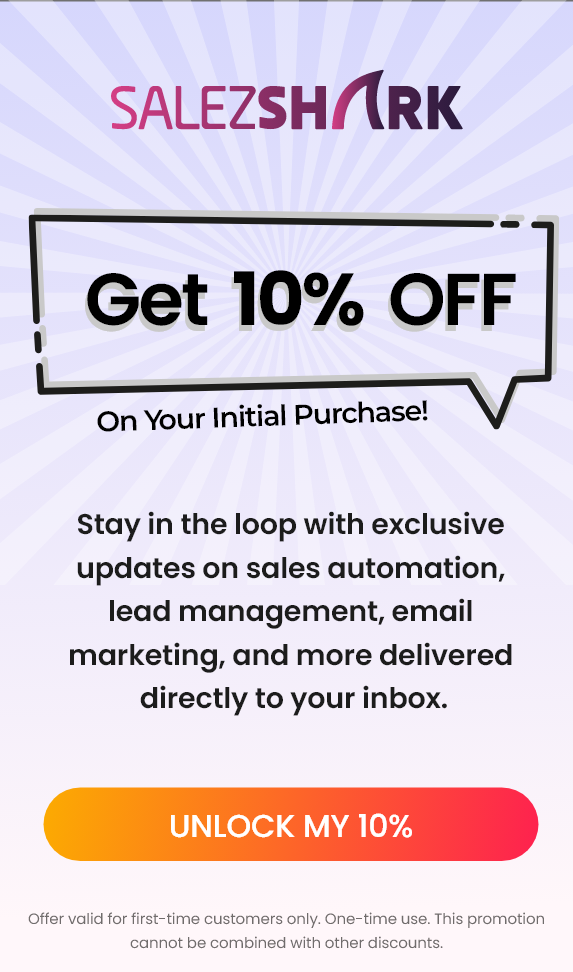Customer experience can be your competitive edge in today’s competitive landscape. To stand out, focus on delivering a superior customer experience. A Customer Relationship Management (CRM) system is a powerful tool to help with this. It centralizes customer data, offering insights to enhance the customer journey. In this blog, we’ll explore five ways a CRM can improve customer experiences, from understanding needs to personalized communication. Whether you’re new to CRM or optimizing an existing system, these tips will help you maximize its potential. Let’s get started!
Significance of Customer Experience
Customer experience is paramount for brand growth, fostering loyalty, and creating brand advocates who spread the word, driving revenue through recommendations and positive reviews. Neglecting a customer experience strategy could leave you trailing behind competitors, as Gartner ranks it among the top marketing investments.
In today’s digital age, customers have abundant choices, making it crucial for brands to prioritize customer experience. Over two-thirds of companies now compete primarily based on their customer experience, recognizing that resting on laurels or relying solely on price and unique features is no longer sufficient.
Benefits of implementing a CRM system
Adopting a CRM system brings various advantages to businesses, enhancing the customer experience. To start, establishing a well-defined CRM strategy is crucial, encompassing clear objectives, appropriate tools, and key performance indicators (KPIs). This strategic foundation ensures that the CRM system
harmonizes with overarching business goals.
One of the primary benefits of CRM adoption is the creation of a centralized hub for customer data. This system streamlines the storage, management, and sharing of customer information, encompassing organization-level and contact-level data, while also accommodating custom fields. This centralized data empowers teams to deliver personalized customer experiences, comprehending their preferences and needs. Moreover, CRM systems furnish essential tools like email templates, sales pipelines, reporting dashboards, and task lists, automating interactions and enabling more focused customer relationship
building.
For a successful CRM implementation, it’s crucial to define objectives, choose the right tools, maintain data quality, train staff, and establish a clear process for managing customer data. Additionally, enhancing the customer experience involves practices like cross-channel interaction tracking, self- service options, automated follow-ups, and consistent touch point experiences, which will be explored further in the next section.
Gain insight into your customers’ requirements
A CRM streamlines customer data management, allowing you to build comprehensive profiles for both individual contacts and entire organizations in B2B relationships. This unified customer view empowers you to gain deeper insights into their needs and preferences, enabling tailored product/service offerings and consistently positive customer experiences. Additionally, CRM facilitates tracking of customer interactions, such as past purchases, support requests, and marketing responses, enabling trend identification and targeted campaigns to fulfill customer requirements.
Tailor your messages to individual preferences
Using CRM-collected customer data, personalized communication can be tailored to enhance their business experience, from using their names to suggesting relevant products or services. This fosters stronger customer relationships, increasing loyalty and repeat business. For instance, a CRM enables targeted sales campaigns, such as reaching out to CTO contacts in the manufacturing industry who own a specific product like SOC2 security tools. CRMs serve as a central repository, simplifying customer experience by enabling the personalized campaigns customers anticipate.
Optimize your workflow to save time effectively
A CRM streamlines operations by automating tasks like data entry, follow-up emails, and lead nurturing, freeing up your team’s time to enhance customer service. Workflows and automation guarantee swift responses to customer inquiries, boosting satisfaction. For instance, utilizing CRM’s workflow automation can enhance customer experience by automating lead generation, qualification, sales pipeline management, and support, as illustrated in this example: when a new lead is acquired through a website form, the CRM captures the data, triggers an automated workflow, and notifies the sales rep, enabling a quick and efficient response.
Enhance your responsiveness to customer inquiries
A CRM system streamlines customer request management by consolidating inquiries and support across email, phone, and social media into a centralized database. This accessibility to customer data facilitates swift responses, boosting satisfaction and minimizing negative feedback. Automation features allocate tasks, generate response templates, and schedule follow-ups, ensuring prompt and consistent customer engagement. Moreover, mobile CRM access via apps or browsers empowers remote responses, while channel integration consolidates inquiries, expediting responses and enhancing tracking capabilities. Ultimately, a CRM system empowers businesses to respond to customer requests with speed and efficiency across various communication channels.
Foster greater consistency in customer experiences
A CRM system plays a pivotal role in ensuring more consistent customer experiences across all touchpoints. It streamlines processes and procedures, guaranteeing that every customer interaction, be it a purchase, support inquiry, or engagement with marketing campaigns, is recorded and managed from a single location. This unified approach fosters trust and congruence in each interaction, strengthening customer relationships. Furthermore, CRMs offer the capability to personalize interactions based on customer preferences and purchase history, enhancing satisfaction and loyalty. Additionally, they facilitate effective team collaboration by providing a centralized platform for sharing customer data, notes, tasks, and real-time analytics on key customer metrics, further contributing to standardized and improved customer experiences.

